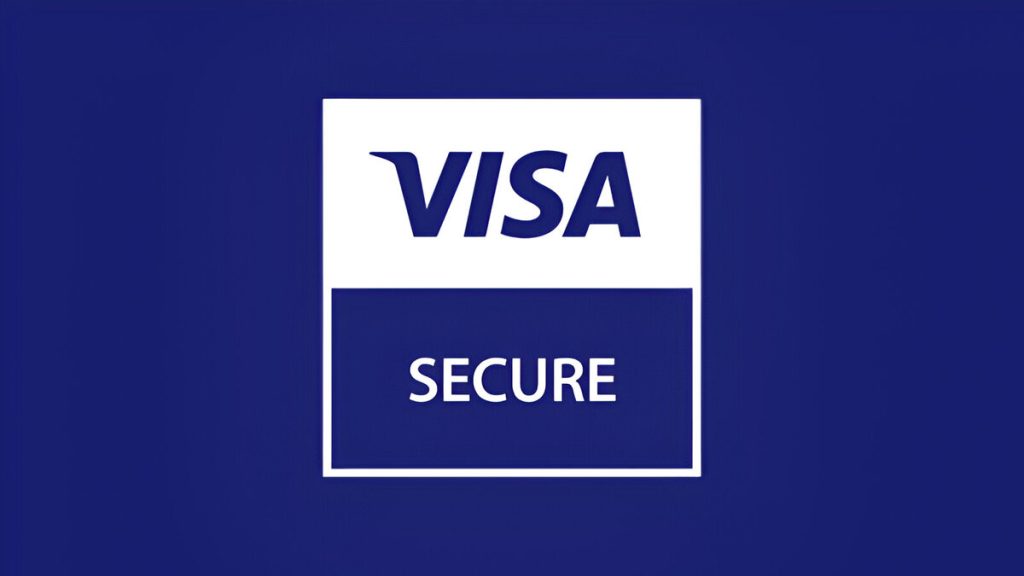Introduction
The rise in online transactions has led to a corresponding increase in fraudulent activities, making it essential for merchants to adopt robust security measures. Visa 3D Secure (3DS) technology is a critical tool in this regard, offering a straightforward way to mitigate chargebacks and reduce the risk of fraud. This article outlines how Visa 3D Secure provides chargeback protection, the associated benefits, challenges, and key practices for implementation.
What is Visa 3D Secure?
Visa 3D Secure is an authentication protocol designed to add an extra layer of security to online transactions. It involves three domains:
- Issuer Domain: The bank or financial institution that issues the card.
- Acquirer Domain: The merchant and their bank or payment processor.
- Interoperability Domain: Visa’s infrastructure that facilitates secure communication between the issuer and the acquirer.
Visa 3D Secure aims to verify the cardholder’s identity during online purchases, reducing the risk of fraudulent transactions. The latest version, 3D Secure 2.0 (3DS2), streamlines this process by improving the user experience while maintaining robust security.

How Visa 3D Secure Provides Chargeback Protection
Visa 3D Secure helps merchants reduce chargebacks by shifting liability for fraudulent transactions from the merchant to the card issuer, provided the transaction is authenticated through 3D Secure. This “liability shift” means that if a cardholder disputes a transaction as fraudulent after it has been authenticated via 3D Secure, the issuing bank, not the merchant, bears the responsibility for the chargeback.
Table 1: Chargeback Liability Before and After 3D Secure Implementation
| Scenario | Without 3D Secure | With 3D Secure |
|---|---|---|
| Fraudulent Transaction | Merchant is liable | Issuer is liable |
| Cardholder Disputes Purchase | Merchant is liable | Issuer is liable |
| Friendly Fraud | Merchant is liable | Issuer is liable |
Benefits of Implementing Visa 3D Secure
Visa 3D Secure offers several clear benefits:
- Improved Fraud Detection: With over 100 data points analyzed during a transaction, 3DS2 provides more accurate fraud detection, reducing the chances of fraudulent transactions slipping through.
- Customer Trust: Implementing 3D Secure signals a commitment to safeguarding customer data, which can increase trust and potentially boost conversion rates.
- Regulatory Compliance: In regions like the European Union, Visa 3D Secure helps merchants meet PSD2 (Payment Services Directive 2) requirements, which mandate strong customer authentication for online transactions.
- Lower Interchange Fees: Some payment processors may offer reduced interchange fees to merchants using 3D Secure, contributing to cost savings.
- Compatibility: Visa 3D Secure is compatible with various payment processors, including Checkout.com, Stripe, and Braintree, allowing easy integration into existing payment systems.
Challenges and Considerations
While Visa 3D Secure provides significant benefits, it also presents challenges:
- Customer Friction: Although 3DS2 has improved the user experience, some customers may still find the authentication process cumbersome, leading to potential cart abandonment.
- Implementation Costs: Implementing 3D Secure may involve additional costs, particularly for smaller businesses, including integration fees, transaction fees, and ongoing maintenance.
- Limited Scope: 3D Secure primarily protects against chargebacks related to fraud. Other types of chargebacks, such as those due to customer dissatisfaction, are not covered.
Table 2: Cost-Benefit Analysis of Visa 3D Secure Implementation
| Cost | Estimated Amount | Potential Benefit | Net Impact |
|---|---|---|---|
| Integration Fee | $500 – $2,000 | Enhanced fraud protection, liability shift | Positive |
| Per-Transaction Fee | $0.05 – $0.15 | Reduced chargeback rates, lower interchange | Positive |
| Customer Friction Impact | 2-5% Cart Abandonment | Improved security, increased trust | Neutral to Slightly Negative |

Best Practices for Implementing Visa 3D Secure
To fully leverage Visa 3D Secure and minimize potential drawbacks, follow these key practices:
- Choose a Reliable Payment Processor: Selecting a reputable payment processor ensures smooth integration and ongoing support. Merchanto.org, a certified partner of VISA and MasterCard in chargeback prevention, provides tailored solutions to meet your business needs. For more details, visit Merchanto.org.
- Optimize User Experience: Minimize cart abandonment by ensuring the 3D Secure authentication process is smooth and user-friendly. This can be achieved by providing clear instructions and ensuring a simple interface during checkout.
- Regular Monitoring and Adjustments: Continuously monitor your 3D Secure implementation and make adjustments as necessary. This might involve refining authentication thresholds or updating security protocols in response to new threats.
- Customer Education: Educate your customers about the security measures in place and how they protect their transactions. This can increase acceptance of the authentication steps required during checkout.
- Leverage Analytics: Use the data provided by 3D Secure to gain insights into transaction patterns and fraud risks. This data can help refine your overall fraud prevention strategy.
Table 3: Key Performance Indicators (KPIs) for 3D Secure Implementation
| KPI | Before 3D Secure | After 3D Secure |
|---|---|---|
| Chargeback Rate | 1.5% | 0.5% |
| Cart Abandonment Rate | 18% | 20% |
| Customer Satisfaction Score | 85/100 | 90/100 |
| Fraud Detection Accuracy | 70% | 95% |
Conclusion
Visa 3D Secure is a critical tool in the fight against online fraud and chargebacks. By implementing this technology, merchants can protect themselves from fraudulent activities and enhance customer trust while potentially lowering operational costs. However, successful implementation requires careful planning and adherence to best practices.
Following these guidelines will enable your business to leverage Visa 3D Secure effectively, ensuring robust protection against chargebacks while maintaining a smooth and secure transaction environment.



